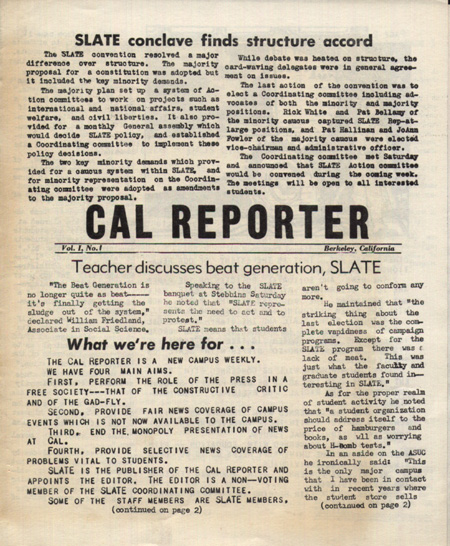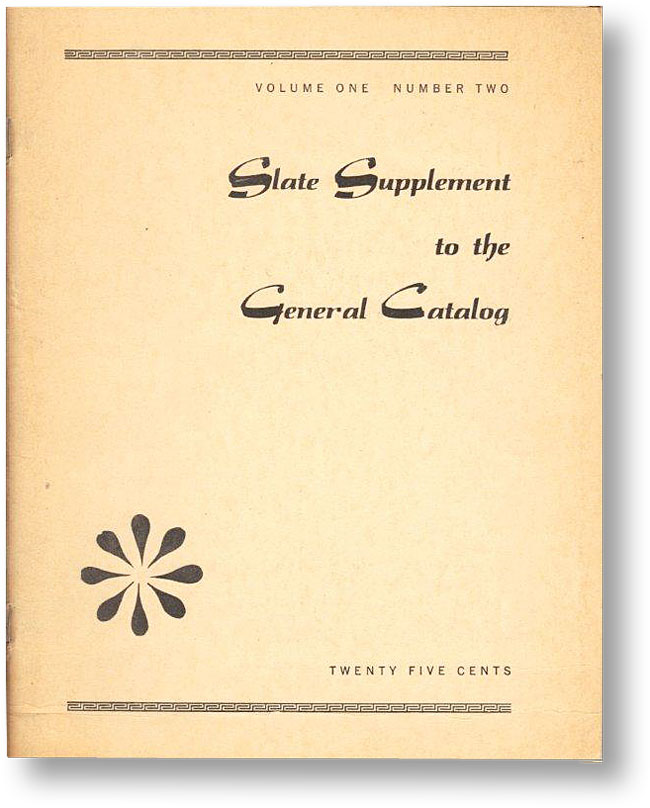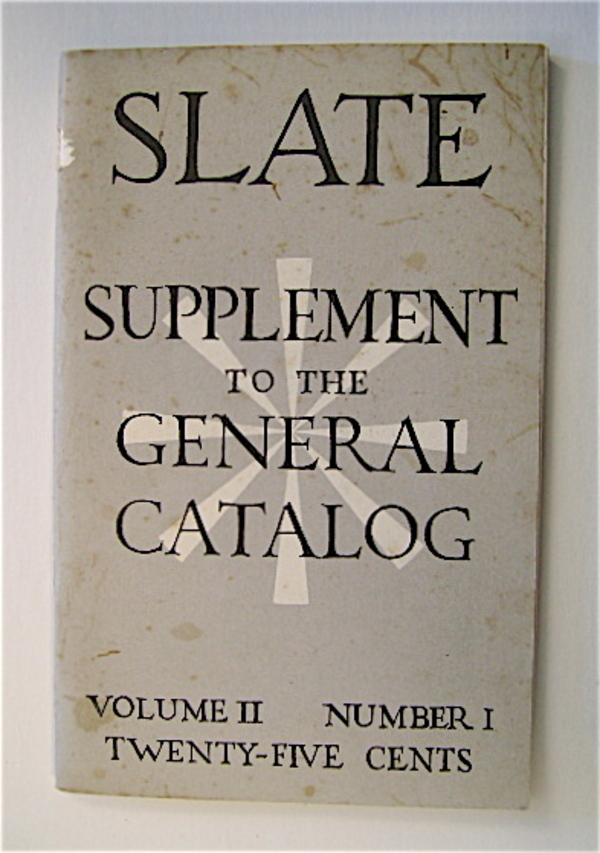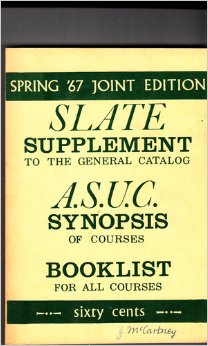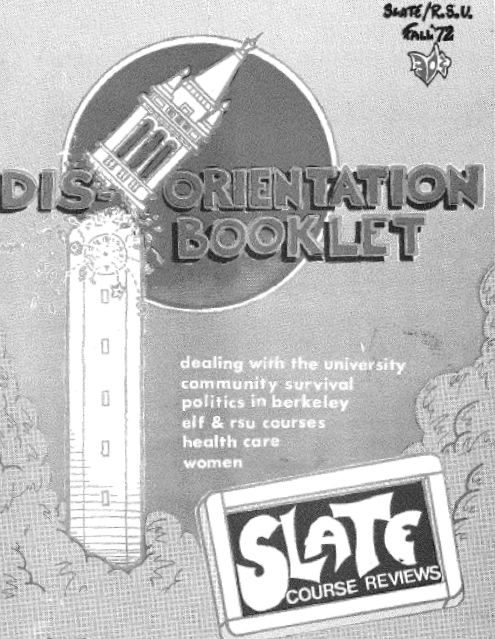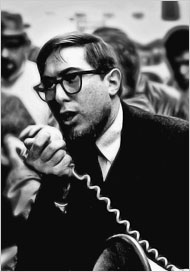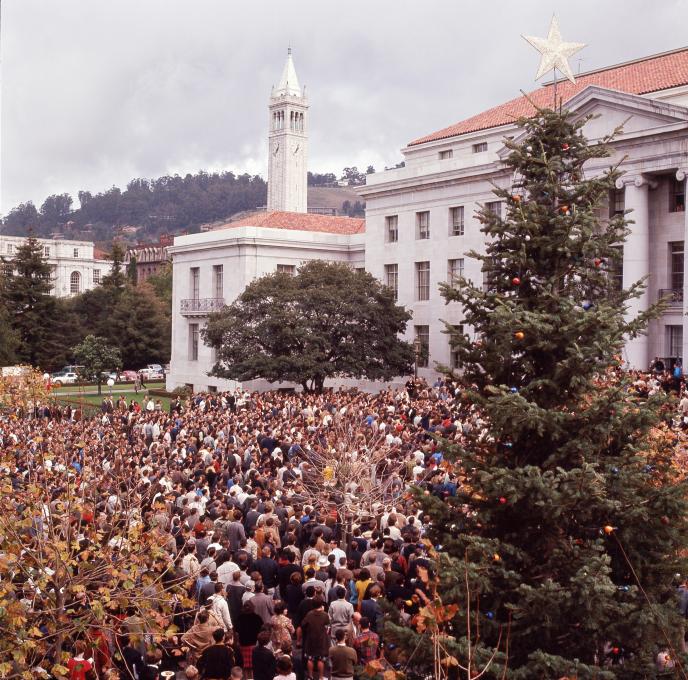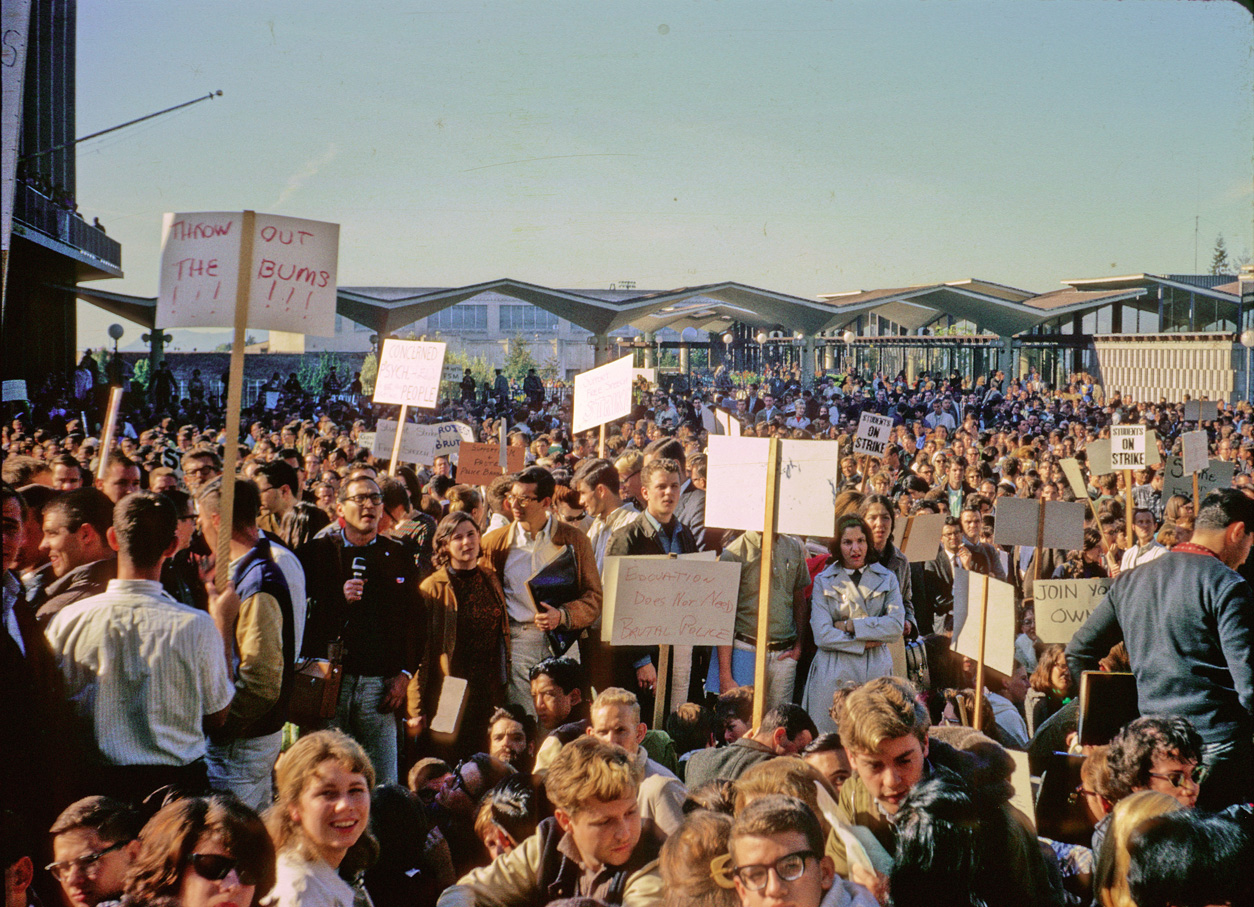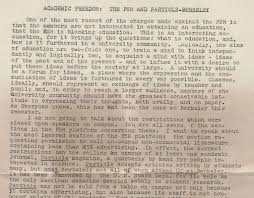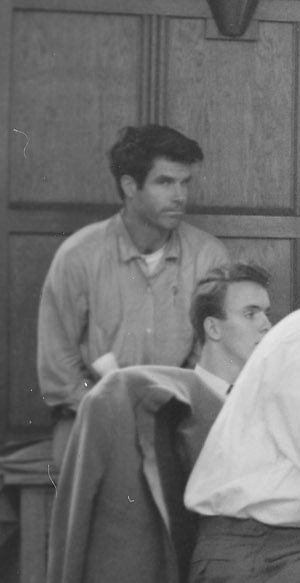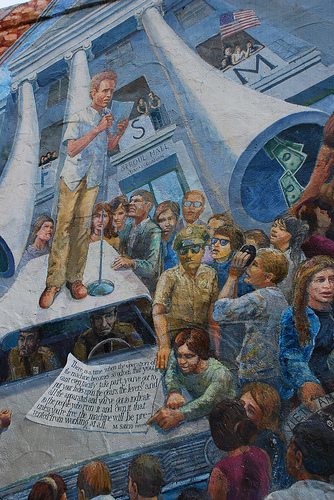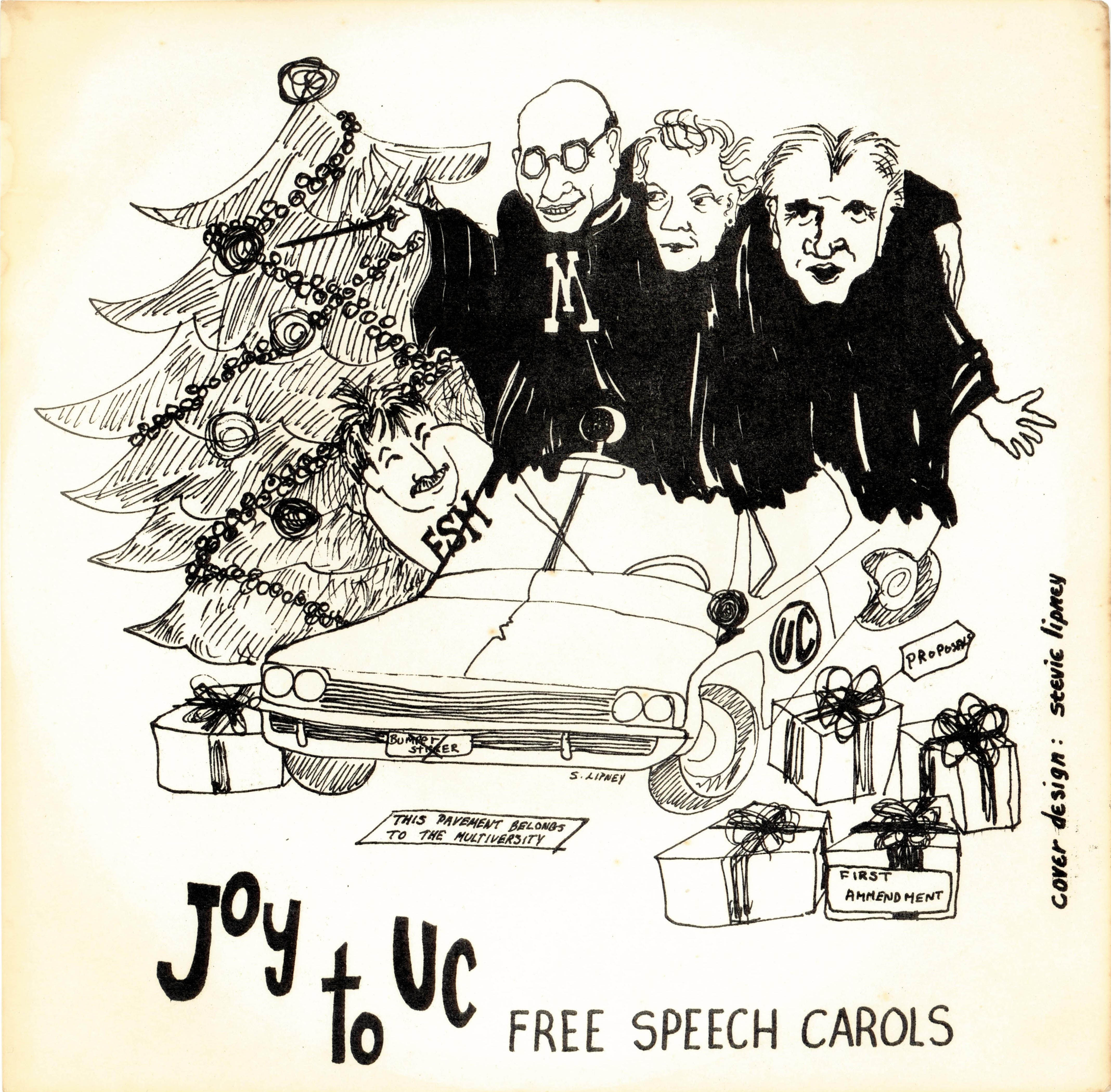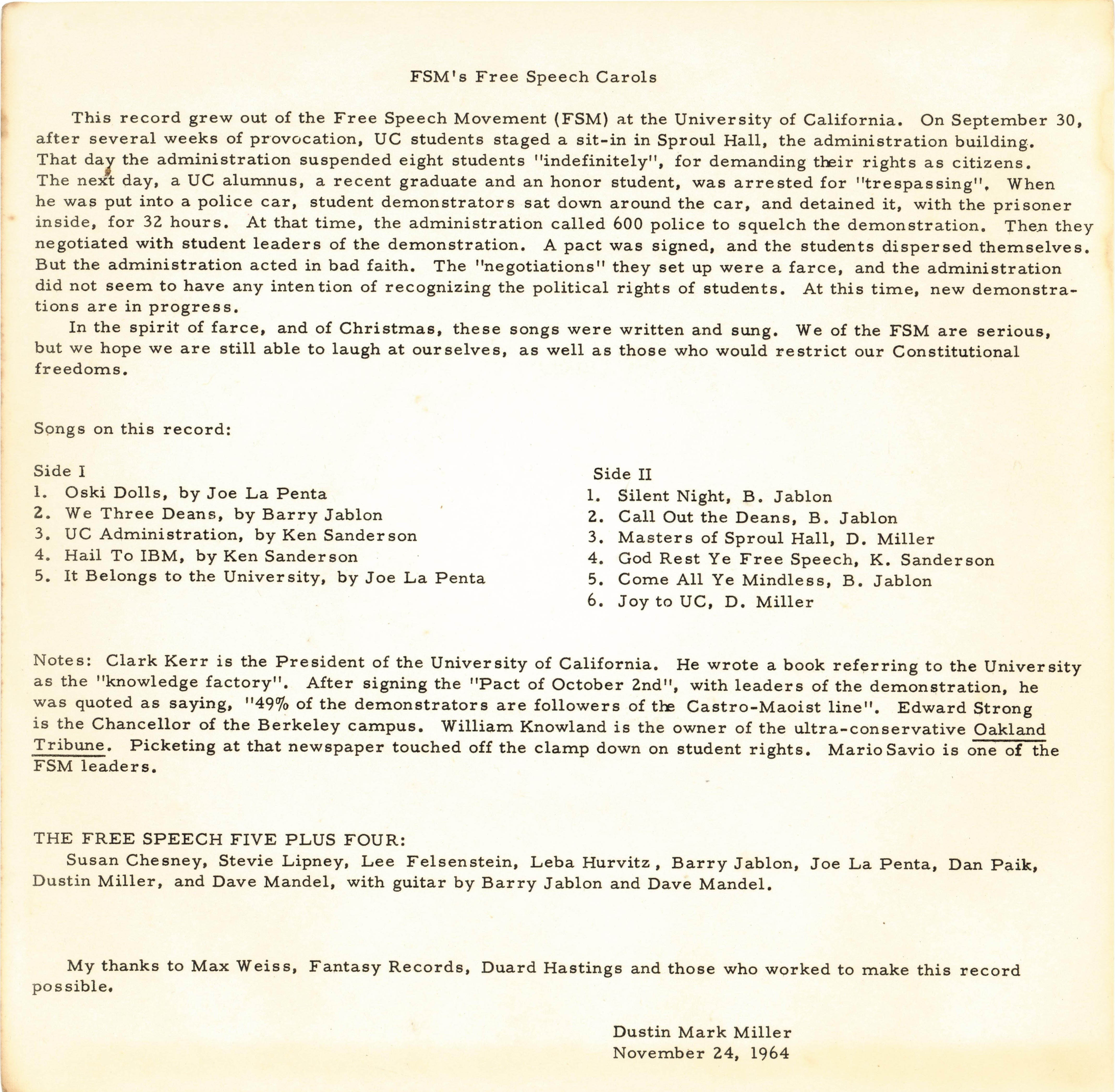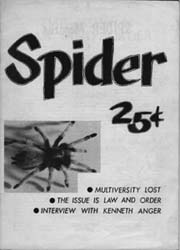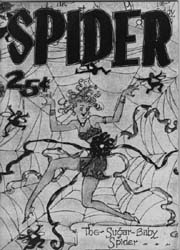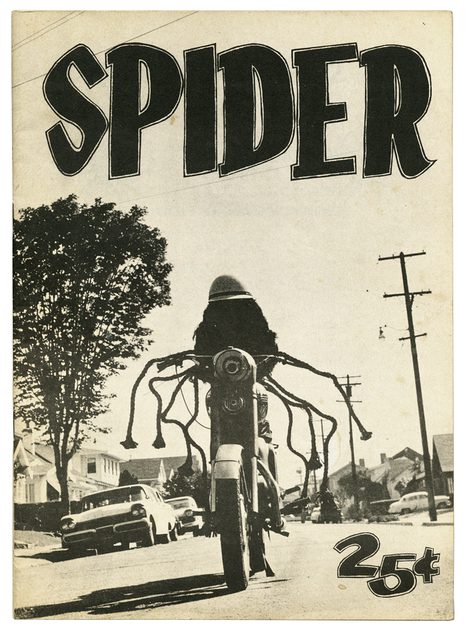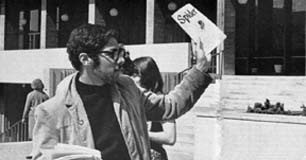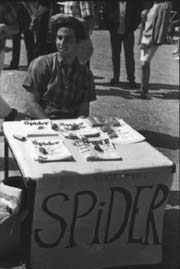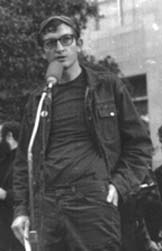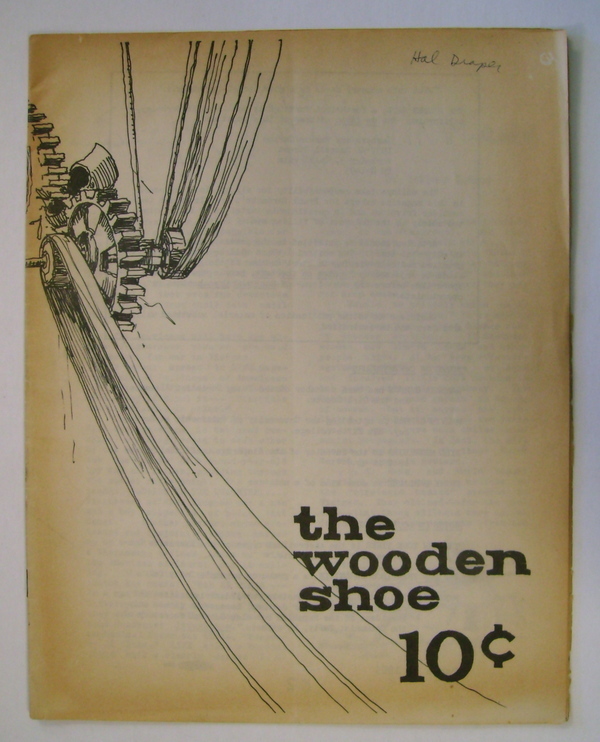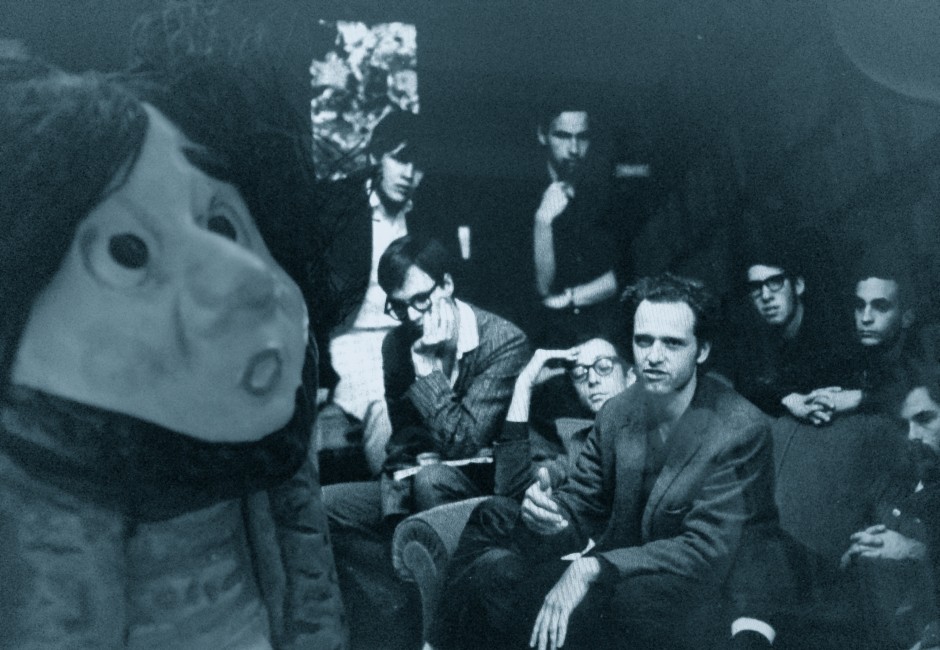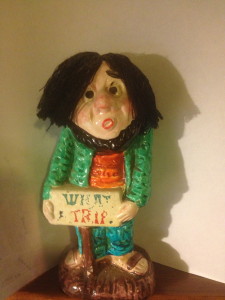When Max Scherr hit Telegraph Avenue with the Berkeley Barb, he was not entering territory where others had not first ventured. In other words, Telegraph Avenue had seen alternative publications before the Barb.
Those prone to scholasticism can debate all they want about where the New Left began. It can’t be denied, whatever the bias of the historian, that Berkeley was one early home to the New Left, first with TASC (Toward an Active Student Community) in 1957 and then with SLATE in 1958. For me, one beauty of SLATE was that in an age of acronyms it was not an acronym or initialism. The name reflected a goal of running a “slate of like-minded candidates” for ASUC, the officially recognized student government at Cal.
There is a very good SLATE archives website, which I recommend.
SLATE published and Telegraph Avenue got smarter for it.
From the SLATE archives: “March 1958: SLATE begins publishing the independent student paper the Cal Reporter. UC administration rules forbid distribution of the paper on campus, so the paper was available only on the city side of Sather Gate. The $23 cost to print 5,000 copies of each issue was largely met by holding off-campus beer parties at fifty cents per person.”
SLATE continued as a major presence on campus through the mid 1960s. It dissolved in October 1966, but didn’t die.
SLATE supplements, providing unofficial, anti-official, counter-official information to students were printed and distributed at least until 1972. Here is a passage from the 1964 supplement: “This institution does not deserve a response of loyalty and allegiance from you. There is only one proper response to Berkeley from undergraduates: that you organize and split this campus wide open! FROM THIS POINT ON, DO NOT MISUNDERSTAND ME, M INTENTION IS TO CONVINCE YOU THAT YOU DO NOTHING LESS THAN BEGIN AN OPEN, FIERCE, AND THOROUGHGOING REBELLION ON THIS CAMPUS.” Wow!
By 1972, the SLATE course reviews had morphed into a Disorientation Booklet, a full-blown counter-narrative for incoming students.
Leaving SLATE – in 1962 Robert Scheer, David Horowitz, Maurice Zeitlin, Phil Roos, and Sol Stern founded Root and Branch: A Radical Quarterly.
It was one of the first New Left journals. It was pretty serious. It didn’t last long.
In 1964, the Free Speech Movement swept across and through Cal. There are thousands of photos of the FSM, which is seered into our minds as a black and white event. But, we see above, it was in color.
The Movement was to some extent about the spoken word, but the tables in Sproul Plaza were about literature and God knows there was a lot of literature produced by the Movement.
In the early going, much of the Free Speech Movement was done by Dunbar Aitkens. Aitkens was all about scientific/mathematical brainteasers, not politics. He had printed Root and Branch, and had occassionally published his own Particle.
It was not about politics. At all. But he got caught up in the University sweep against unauthorized words on campus and Particle was banned.
So Dunbar Aitkens jumped in and printed much of the early material. Serious printers got involved soon enough – think David Lance Goines – and the production values took a giant leap forward.
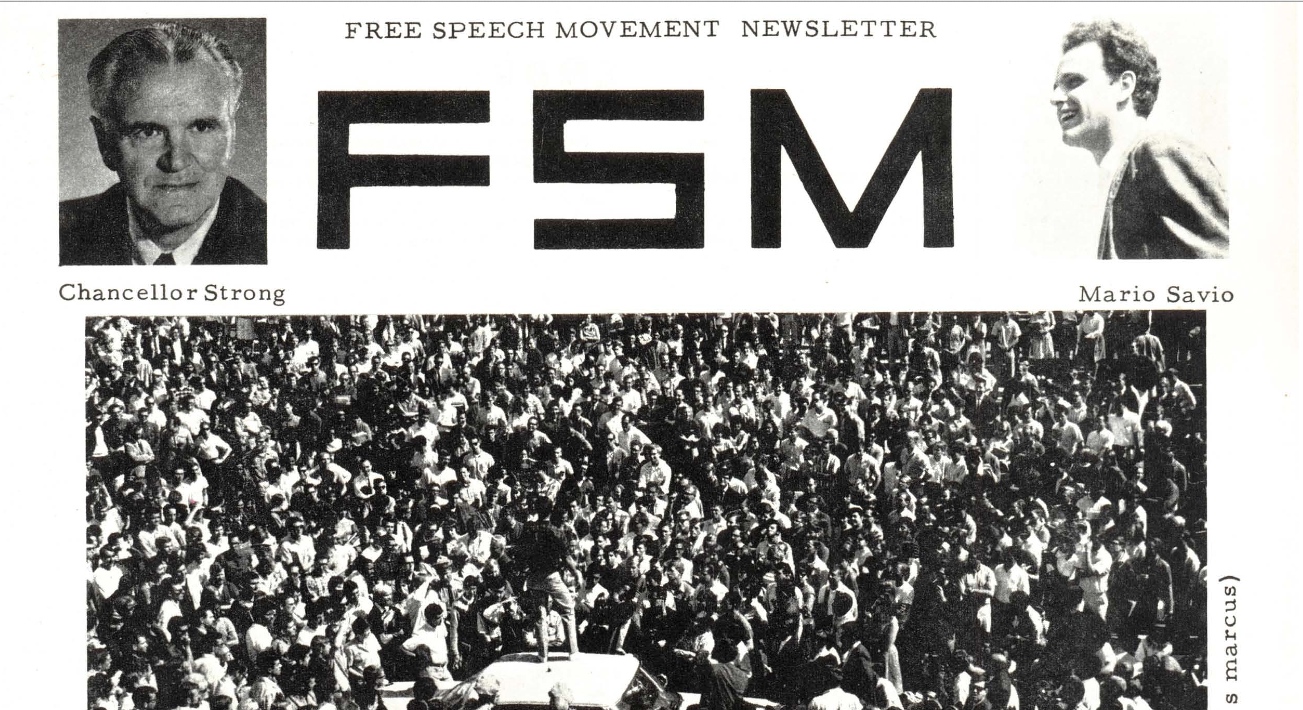 The Free Speech Movement is meticulously documented, including the documents that informed Telegraph Avenue for a few years. Movement activists have created a brilliant website with many primary documents and photographs. The documents inform. The photographs stun. Check it out here:
The Free Speech Movement is meticulously documented, including the documents that informed Telegraph Avenue for a few years. Movement activists have created a brilliant website with many primary documents and photographs. The documents inform. The photographs stun. Check it out here:
The FSM produced an album of “Free Speech Carols.”
The lyrics are available here.
The Bancroft Library at Cal has a solid FSM collection as well, much of which is digitized and searchable.
From the Free Speech Movement emerged an alternative magazine, Spider, created by Jackie Goldberg, Rich and Sue Currier, Andy Magid, Sandor Fuchs, Alice Huberman, Steve DeCanio and Jim Prickett. There were eight editors. A spider has eight legs. Thus the name, and then a back-formation of Sex, Politics, International Communism, Drugs, Extremism and Rock ‘n’ Roll.
Spider was part of the non-linear progression towards the underground newspapers of several years later. It was banned on campus, along with a student written satriical play For Unlawful Carnal Knowledge. Two of the so-called Filthy Speech Movement defendants were convicted and served time, the last people in America to do time for obscenity. I think. It is claimed.
Next up was Steps. It lasted two issues.
After Steps, FSM activists Frank Bardacke and Marvin Garson put out two issues of The Wooden Shoe.
This is a guess, but I’d be surprised if I were wrong. The wooden shoe was used as an icon by 19th and early 20th century anarchy-syndicalists. The French word for “shoe” is sabot. The Oxford English Dictionary gives the following eytmology for the English word sabotrage: “French, < saboter to make a noise with sabots, to perform or execute badly, e.g. to ‘murder’ (a piece of music), to destroy wilfully (tools, machinery, etc.), < sabot.
So Dutch anarchsits factory workers through their Dutch wooden shoes into factory machinery to shut it down, and because of the wooden shoes we have the word “sabotrage.” Cool!
And it was a Very interesting journal.
There may have been more. I am prepared to be corrected. Telegraph had seen dissent, although it was dissent that took itself seriously. No humor. No cultural blows against the empire. No shock.
I showed these photos to my friend. He smiled, “Yeah, I was there. I remember all this. This was pretty heavy heady stuff. Those guys needed to lighten up a little.”
As diplomatically as possible I wondered outloud if he had actually been there. It did not jive with my understanding of his life before we met. With a hurt look he disappeared into his office. He came back with this photo:
Well there you have it. He was there. Debating with Mario Savio and Free Speech Movement leadership. Who knew?
Back to these photos. What does he think?




